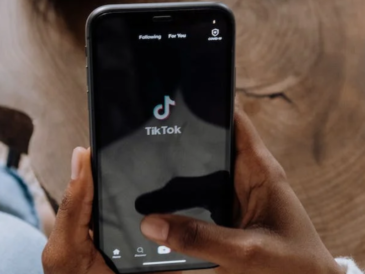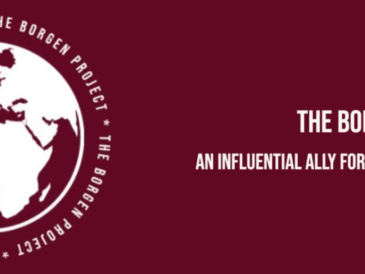Photos courtesy of Pexels
At first, Columbia University students set up a ‘Gaza solidarity encampment’ on April 17th as a way to protest their university’s rejection of a divestment proposal.
This divestment would lead to the university cutting off any investments to corporations which directly support the state of Israel or the occupation of Palestine. The encampment faced relocation due to NYPD intervention as well as a plethora of counter protests in its tenure at Columbia University’s lawn.
On April 30th, the protests escalated to students and 13 external actors occupying an academic hall. This protest was eventually shut down by the NYPD. On the following day, the encampments were taken down and the occupied hall was cleared.
To view a more thorough timeline of the encampment, click here.
Throughout the past few weeks, protests erupt in waves across American universities.
Columbia’s protests became an international sensation with articles in news outlets such as CNN, NBC, AP, Fox News and the Washington Post. It has inspired protests and “Gaza solidarity encampments” in universities globally and across the states.
For the most part, the protests at Columbia have since then whittled down. The situation is nowhere near over with the university’s handling of protests. It is being investigated under the Title VI of the Civil Rights Act of 1964, however coverage of the protests themselves has more or less ended.
While mainstream outlets such as NBC have the capability to cover events such as the speaker of the house, Mike Johnson, “visiting” Columbia, corporate media does not usually highlight student concerns.
This is best seen with Columbia's student media, The Columbia Spectator. The Spectator’s editorials are persuasive to people from any political perspective, which is rare in a world where partisan bias within news and media, as a whole, is so pervasive.
Of course, one can not entirely separate their political views from what is going down at Columbia.
News aggregators are great as well as an appreciated service for anyone looking for a segway to a specific campus’s protest. For instance, CNN has live updates from not just Columbia but dozens of other ongoing protests. But they don't go specifically into Columbia’s protests as a process.
Student media provides a key resource in detailing the campus politics leading to protests as larger media outlets do not focus on these issues. Even without the flare, the core issues of Columbia’s protests are informative not only to student lives but also to understanding corporate ties to wars in the first place.
In Columbia’s case, the key to understanding their protests is about the university’s investments as well as how they struck down proposals to divest.
Although not directly tied to the Spectator, Columbia University Apartheid Divest (CUAD), an organization tied to the protests at Columbia, published a March 4th editorial through the Spectator arguing against university bias against divestment. Notably, this intriguing and important topic was published far before any national media coverage.
This isn’t to say that national media has any obligation to cover student activism, but it is to say that student media is the best source for learning about underreported campus activism. It’s nice to not have to crawl through the minefields that are paywalls when reading student media. That’s because they have none.





